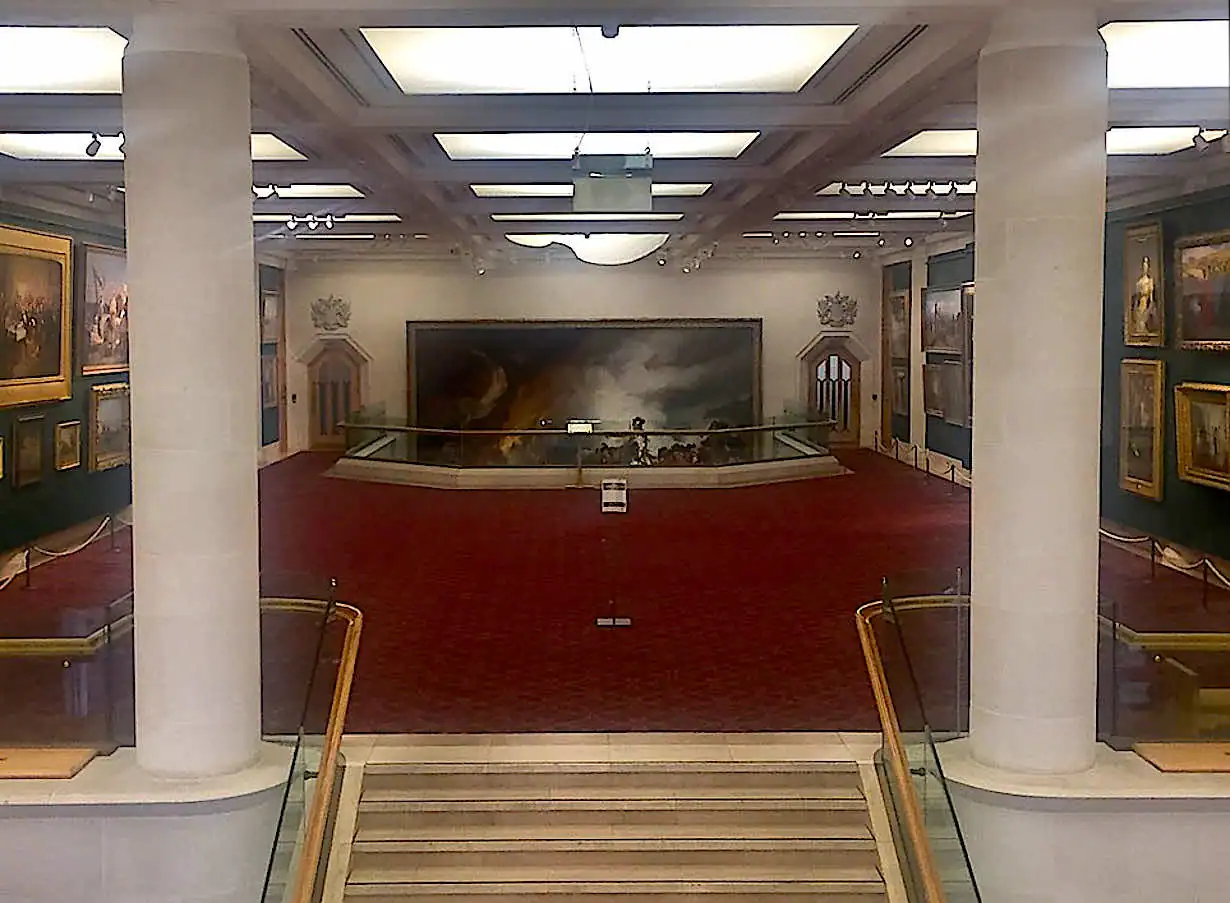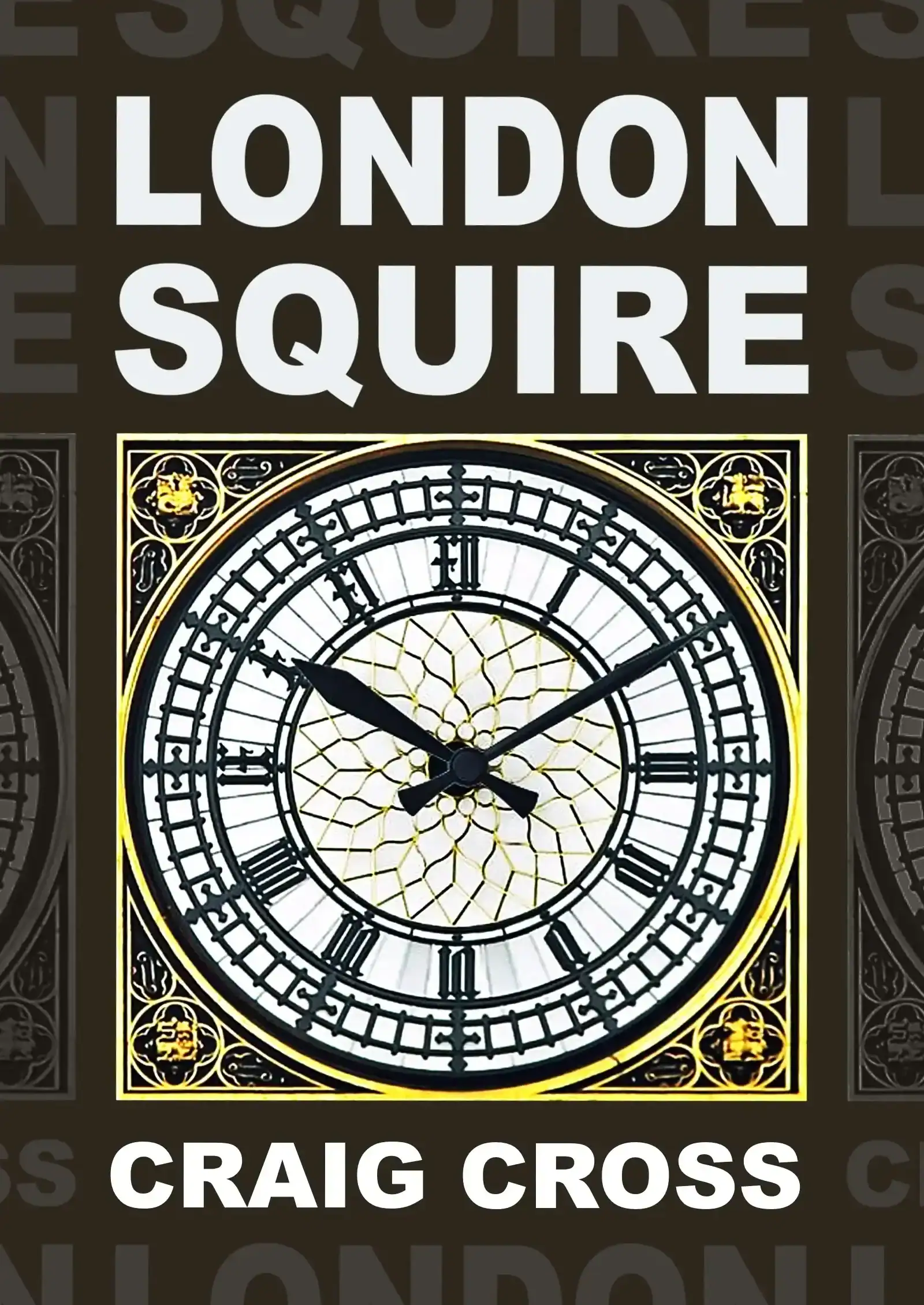If it wasn’t for Adolf Hitler sending over waves of planes on the longest night of the Blitz then we never would have found the Roman amphitheatre under Guildhall Yard.
 Photo: Craig Cross
Photo: Craig CrossOver 500 bombers dropped 700 tons of high explosives on an area twice the size of the Great Fire of London, lighting up huge swathes of the City and knocking holes in the top of the Commons and Westminster Abbey. When they woke up the next morning the old Victorian gallery was gone.
It was when they started digging the foundations for a replacement that they began turning up lumps of the 2nd-century amphitheatre.
London’s Roman amphitheatre – our own Coliseum
It’s quite exciting the first time you enter the room because it’s right down in the bowels of the building, past the paintings and down some stone stairs, then down some metal stairs, then you have to heave open a heavy glass door and enter a dingy dark basement with spotlights on the rocks.
 Photo: Craig Cross
Photo: Craig CrossWhen you think of a Roman amphitheatre you immediately picture the Coliseum but ours wasn’t as grand as that. We didn’t have four storeys of carved arching and a load of lions and tigers chained up underneath.
It was probably just a few tiers of wooden seats, and the only sections that survive today are a short stretch of the entrance tunnel, a few stone stumps of the arena wall, a wooden drainage ditch, plus two small side rooms which might have been waiting rooms for the gladiators before they stepped out into the ring. (You can see the perimeter of the ring while you’re still standing outside – they’ve marked it out with black bricks in Guildhall Yard.)
 Photo: Craig Cross
Photo: Craig CrossThey’ve tried to recreate the atmosphere of an afternoon fight by pumping in the ghostly sounds of the crowd, and I suppose with a little bit of imagination you can picture the sand-covered floor soaking up the blood and lacerated lumps of congealed fat, but any visions that you manage to conjure up will have to compete with their background of bright green neon stripes in the space-age style of Tron (huh?) Why couldn’t they just have had an animated picture of the arena instead?
It’s still definitely worth a visit though.
 Photo: Craig Cross
Photo: Craig CrossExhibition of pre-Raphaelite Victorian and London paintings
The paintings upstairs are either Victorian or have something to do with the City of London. They’ve got a decent collection of pre-Raphaelites including a few by Millais and Rossetti, Constable’s Salisbury Cathedral From The Meadows, and Britain’s largest-ever oil painting by John Singleton Copley – The Defeat of the Floating Batteries at Gibraltar – which is so huge they’ve had to hang it over two floors.

I prefer the interesting old views of London and if you like your city history then it’s a bit of a treat. Sometimes the views have changed so much that it can be difficult to recognise them without reading the plaques – big buildings have come and gone, landmarks have been burned, bombed and disappeared – but if you can recognise the historical events and locations then you’ll get a lot of enjoyment out of it.
If you enjoy this then try Guildhall (you can walk there in less than 1 min) and Museum of London (you can walk it in 6 mins). You can visit some more Roman remains at the London Mithraeum and Billingsgate Roman House and Baths. You might like to try my self-guided walk around Roman London as well
 The author Craig Cross owns city-guide.london and has spent the last decade reviewing the capital’s landmarks, attractions and hotels. His guidebook London Squire is available from Amazon. This review was updated on
The author Craig Cross owns city-guide.london and has spent the last decade reviewing the capital’s landmarks, attractions and hotels. His guidebook London Squire is available from Amazon. This review was updated on
Your comments and questions
Aaron A wonderful little gallery full of excellent paintings of London. It has a varied collection of portraits of famous figures, historical scenes, and street scenes and views of famous buildings. It would be worth visiting just for the paintings alone, but when they also have the added attraction of the Roman amphitheatre what are you waiting for? Fantastic place!
Laura It's amazing that this gallery is free because I would happily pay to see the roman archaeology which I thought was very interesting.
CP Do you need to book in advance to see the amphitheatre?
Craig Hi CP. The gallery has always been practically empty when I've visited, I don't think many tourists know that the amphitheatre is even down there. You can pre-book tickets for their paid art exhibitions if you want to, but I don't think there's any real need
Leave a comment